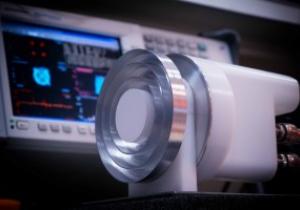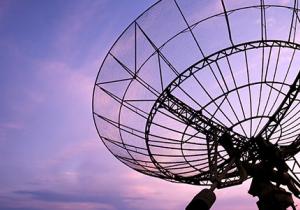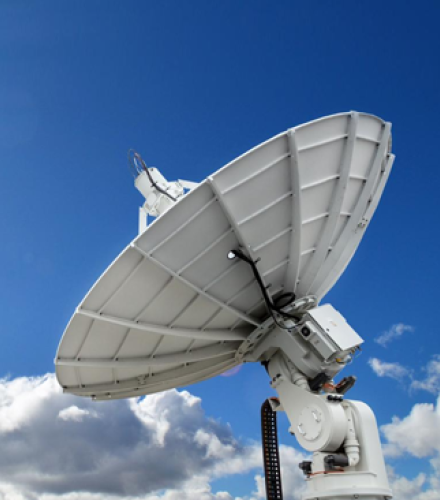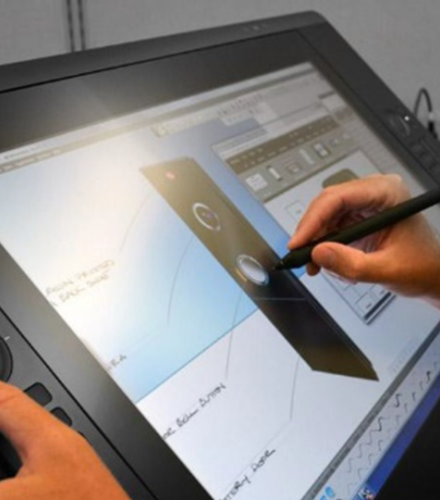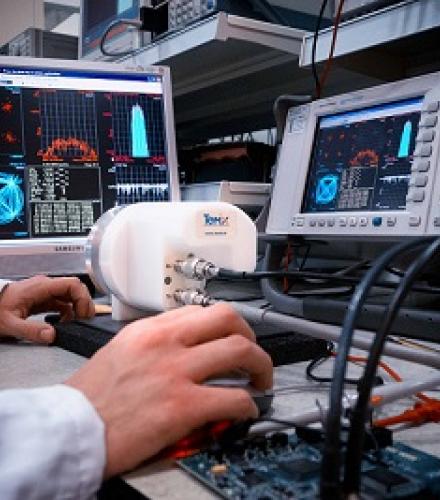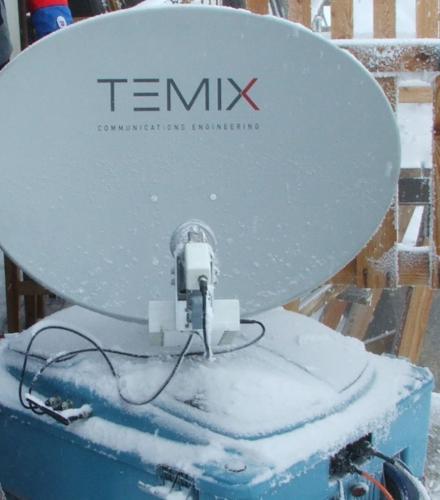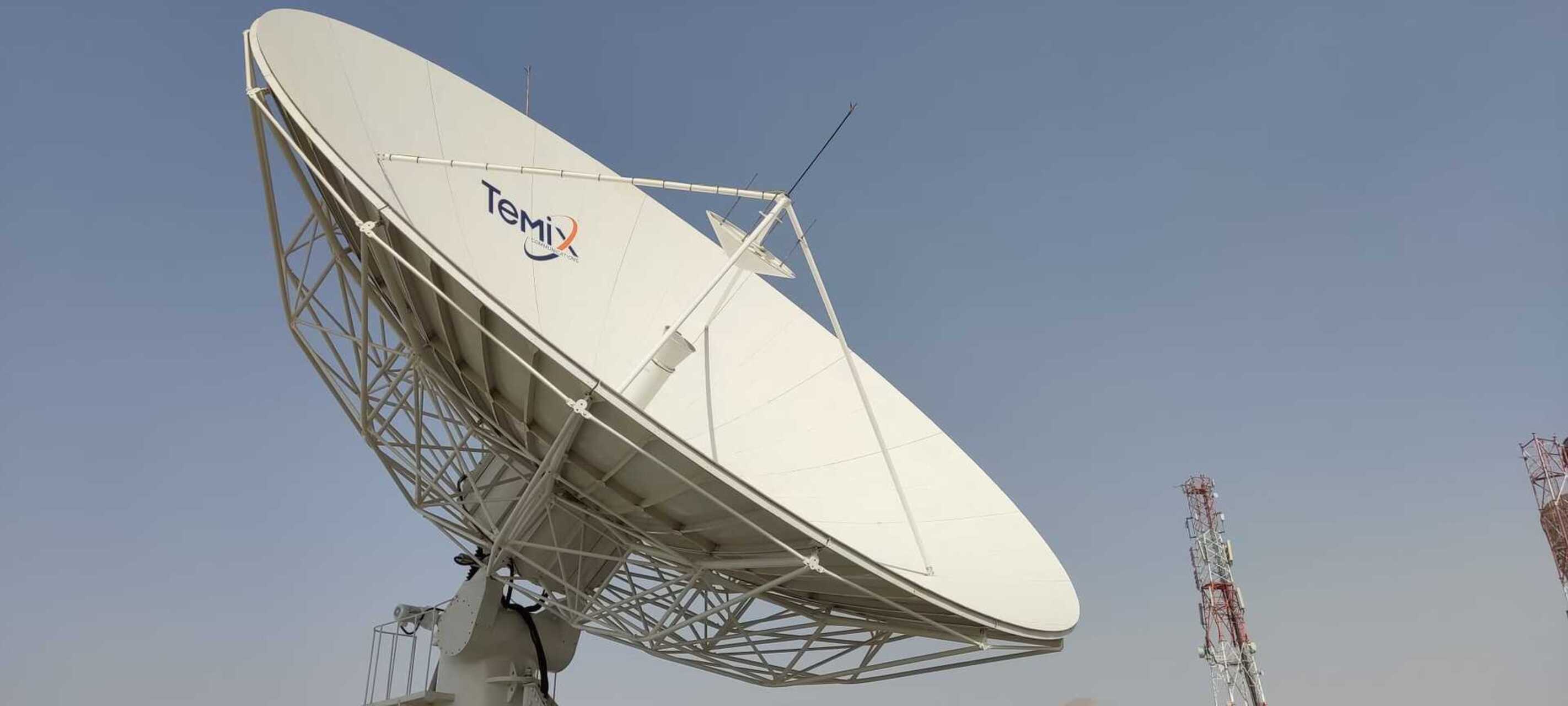
Solutions
Custom Solutions & Sustained Performance
We collaborate with clients to design, deploy, and maintain bespoke SATCOM systems...

Training
Training Services
We empower our customers to enhance their expertise through a diverse portfolio of training services...
.jpg)
R&D
Pioneering Innovation Through Global Collaboration
With a rich legacy of research excellence, Temix companies actively partners with leading international institutions...

